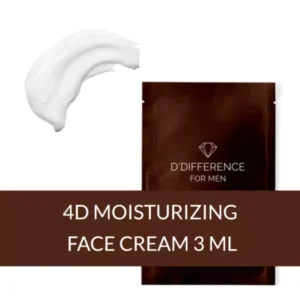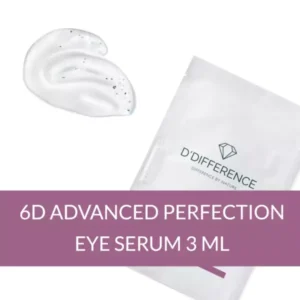Blue Light – What is it and should the skin be frightened by it?

I believe that most of us are familiar with the adverse effects sunlight has on our skin, as well as the health risks and photoaging caused by it. But have you ever considered that there is the light we see and also the light that is not visible to us… We see sunlight, its reflections, and shades, but the sun emitted UVA (aging) and UVB (burning) light radiations are invisible.
The wavelengths of UVA and UVB rays range from 280nm to 400nm (nanometers), next comes blue light – from 380nm to 500nm. Blue light is emitted by the sun but also by computers, phones, TVs and other digital appliances. Lately, more discussions have emerged over the harmful effects blue light has on the skin. I am not sure how many skincare products ads you come across or how much you browse the web or read from magazines, but more and more attention is focused on protecting the skin from the sun, pollution, and blue or digital light. The latest studies have revealed that blue light at wavelengths 380nm-400nm is harmful to the skin, but its harmfulness is reduced in the range 400nm-500nm. Where then lies its harmfulness? Long-term concentrated light radiation may cause unevenness of skin tone (various spots) and harm the skin’s natural protective barrier. Excessive light exposure makes theskin more susceptible to stress factors causing photoaging and other signs of aging.
Sun is by far the greatest source of blue light compared to any digital appliance, but phones and computers are much closer to our skin than the sun. And the distance is what matters. I have read that the young look at their phones 5 times more often than their parents. Certainly, it is a generalization, often there are contrary examples😊, and without having too much knowledge of eyes as such, it may seem that our visual apparatus gets an even bigger blow than the skin. You should pay attention for the sake of them both.
A practical tip: In the evening, switch your digital appliances to yellow or night light. If you have that option, you should give it a go. Blue light blockers also exist, but there are many dissenting opinions about that, as blue light makes you more alert and during the daytime, it is a positive aspect.
Blue light is also used for treatment in some cases. Who can remember a blue lamp having been used to treat the cold? I have my memory of a blue lamp being taken out of a big drawer while I was sick and in bed, and my mother and grandmother taking turns holding it in front of my tiny face. I don’t recall the blue light curing me of illness, but it was something you would do to a sick child in addition to mustard patches and cupping. Blue light is also used for treating certain skin problems, especially when dealing with bacteria and acne. Therefore, we can claim that light in itself is not bad. The bad lies in exposing ourselves to it excessively.
Which ingredients in skin care products help to protect the skin against blue light? Most well-known antioxidants provide the skin with a stronger defensive barrier: vitamin C and vitamin E, grapeseed oil, green tea, algae extract, many berry and plant extracts. As great and necessary as the antioxidants are, you will not get fast and visible results. These ingredients have a so-called slow effect. The effect of antioxidants gets stronger as you add them to a product together with peptides, hyaluronic acid, retinol, and other active ingredients. One component that I would specifically like to promote, is niacinamide or vitamin B3. It is a multi-talent providing different effects according to its concentration in a product:
- 2-3% gives protection against urban pollution and blue light with a moisturizing as well as a calming effect. Also, it restores the skin’s protective barrier.
- 4% reduces pimples, spots (in addition to the aforementioned qualities)
- 5% provides an anti-aging and complexion smoothing effect (in addition to the aforementioned qualities)
Niacinamide is generally not too tricky. You can easily combine this component into different formulas and it is suitable for every skin type. There is just one problem with this vitamin – it is incompatible with vitamin C. These two bring out each other’s worst qualities and may cause skin sensitivity. Pay attention to the products’ INCI lists!

















